What opportunity for Vietnam’s export in second half of 2023?
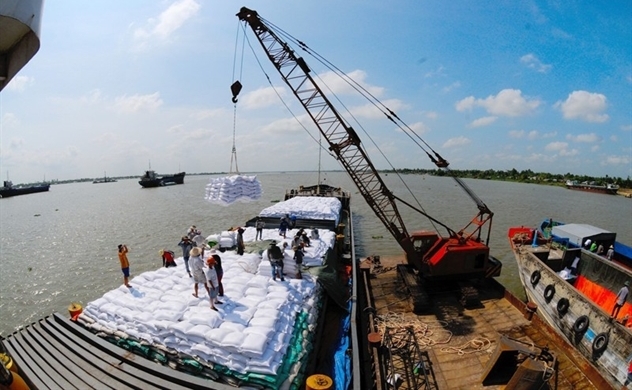
Vietnam's rice export sector has seen many positive signs. Photo by NDO.
Challenges remain despite positive signs
India’s recent announcement of an export ban on all ordinary white rice is regarded as a good sign for Vietnam’s rice exporters as global prices of the grain are expected to continue rising in the time ahead, said Phan Van Co, marketing chief at Vrice Group. As the world’s third largest rice exporter, Vietnam will enjoy a big advantage, especially in terms of price.
Currently Vietnam’s 5% broken rice is selling for 533 USD per tonne, while the same variety from Thailand, India and Pakistan is priced at 541 USD, 493 USD and 533 USD respectively. Vietnam’s 25% broken rice has also reached 513 USD per tonne.
Co said such prices are already a record high and expected to rise further following India’s export ban.
Rice is one of Vietnam’s few exports posting growth in the first half of 2023. Customs data shows that Vietnam exported 650,000 tonnes of rice worth 383 million USD in June, raising the total export volume in the first six months to 4.27 million tonnes, valued at 2.3 billion USD, up 22% in quantity and 34.7% in revenue compared to the same period last year.
But rice did not represent the whole export picture as Vietnam’s merchandise exports were struggling with sharp declines in the first half of the year. However, it is good news as exports have witnessed positive signs over the past two months.
Overall exports during the January-June period fell by 12% but figures in May and June indicated a recovery from previous months, according to Tran Thanh Hai, deputy head of the Export-Import Department at the Ministry of Industry and Trade (MOIT).
He noted that fruit and vegetable exports soared by 64% and rice by 34%, but other exports, especially manufactured goods were still bleak.
The slump in exports is attributed to a fall in aggregate demand due to inflation and economic downturn in Vietnam’s major export markets. Furthermore global competition has increased between exporting countries following the economic reopening in many countries in the post-pandemic period while inventories have remained high in importing countries due to stockpiling when the pandemic was at its peak.
In addition, the supply chain has not recovered in the aftermath of the Russia-Ukraine conflict and the strategic rivalry between global powers.
Such difficulties have seriously affected many exports, with the hardest hit being industrial and consumer goods, such as mobile phones (down 17%), electronics and computers (down 9%), clothes and footwear (down 15%) and seafood (down 27%).
The situation has not improved much and the export picture is forecast to continue facing numerous difficulties in the latter half of the year.
Opportunities for year-end months
Although exporters are still facing plenty of challenges, there is a positive point in the overall assessment that enterprises are taking good advantage of free trade agreements to maintain exports to their key markets.
But it should be noted that amidst this difficult situation, the export growth target of 6% is extremely challenging. Therefore, the MOIT is focusing on a number of measures, including continuing to support enterprises to capitalise on trade pacts, and stepping up and diversifying trade promotion activities to penetrate new markets.
The ministry is also working to support enterprises to join the distribution networks of foreign retail chains, promote exports through e-commerce platforms and address the difficulties facing the business community in their export activities.
It can be affirmed that enterprises have made great efforts to maintain production and export. At this time, they should re-assess and restructure their operation and business strategies.
For the garment sector, the Vietnam Textile and Apparel Association (Vitas) has stated that the production and export situation will improve gradually but difficulties will linger until the end of 2023, as many garment makers have yet to secure orders for the third and fourth quarters. In addition to dealing with insufficient orders and accepting orders outside their strengths, they also have had to cope with drastic price cuts of up to 50%.
The garment sector is targeting 39-40 billion USD worth of exports in 2023 and to realise such a goal, Vitas suggests that enterprises need to focus on three core matters. First of all, they should work out measures to retain workers, especially their key workforce, organise skill training classes and prepare the workforce for green and digital transformation.
Second, enterprises need to keep their customers by accepting orders that are not their forte and with low or no benefits, build long-term and trustworthy partnerships, tap into new markets and the domestic market.
And finally, enterprises should make efforts to minimise unnecessary business costs.
Hai shared that Vietnam has experience in dealing with similar situations in the past, so it is now time for enterprises to draw on their acquired experience and lessons to devise suitable business strategies.
They need to be aware of emerging trade barriers, such as those related to labour and the environment. Currently, the green trade policy will have a significant influence on future trade activities. Therefore, it is time for enterprises to examine themselves and restructure their materials and technology to comply with green trade requirements in the future.
Source: Nhân Dân
Same category news
-
Huyen Hoang
-
Arthur Do và Nick Wood
Latest news
-
Vân Nguyễn
-
Huyen Hoang

 TIẾNG VIỆT
TIẾNG VIỆT 

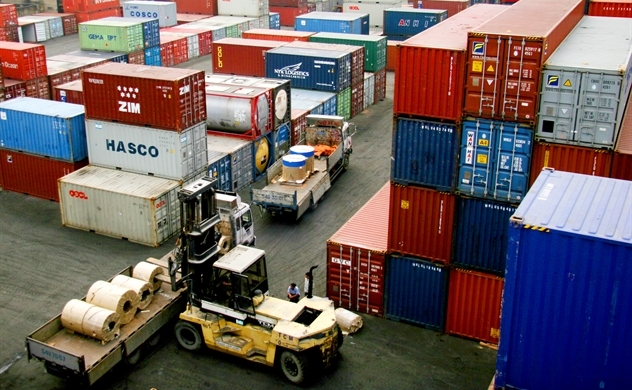

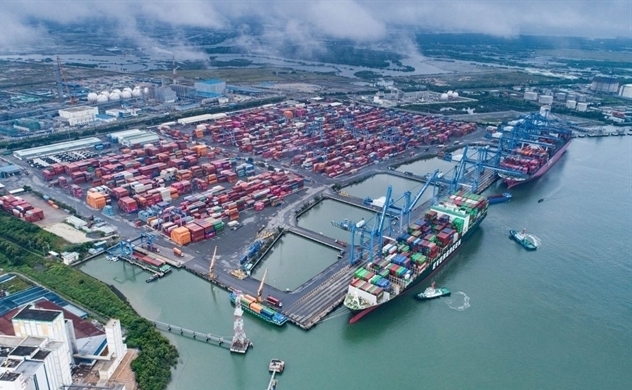
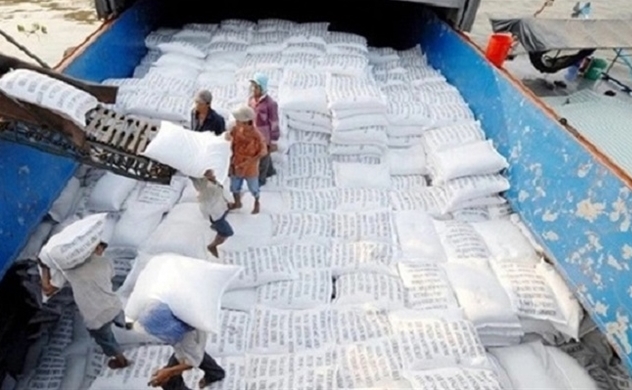
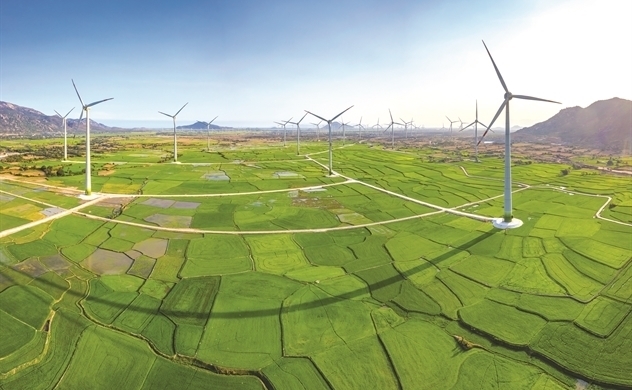


_291615658.jpg)








